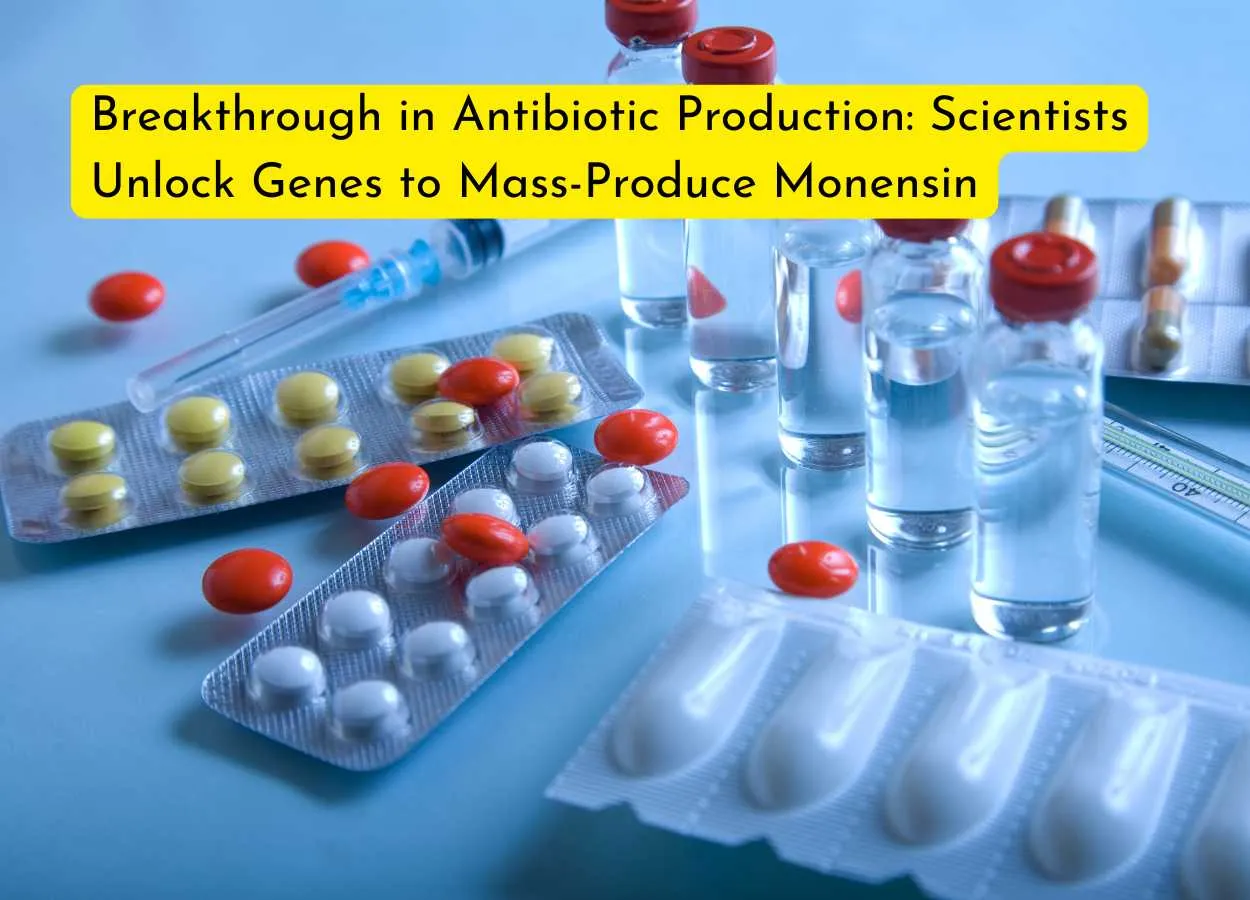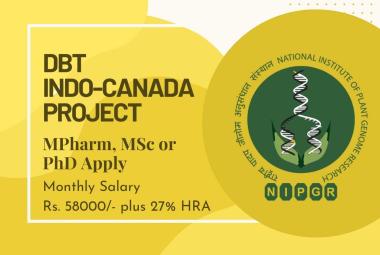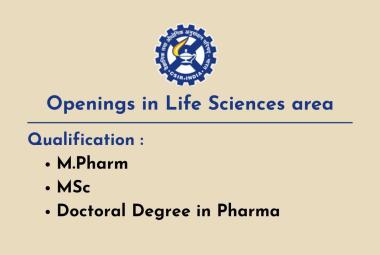In a significant step forward for industrial biotechnology, researchers have successfully engineered a bacterial strain capable of producing record-breaking levels of monensin, a widely used antibiotic in veterinary medicine and agriculture. The breakthrough, published in the journal Bioengineered, centers on a deep genomic analysis of Streptomyces cinnamonensis, a soil-dwelling bacterium naturally known for synthesizing monensin.
By closely examining the bacterium’s genome, scientists identified specific genes that play crucial roles in primary metabolic processes—especially those involved in breaking down fatty acids and providing energy-rich molecules necessary for antibiotic production. Four genes in particular—fadD, fadE, fadB, and fadA—stood out as potential targets. When individually overexpressed in the bacterium, each gene boosted monensin production by up to 22%.
Building on this insight, the team engineered a powerful new strain, dubbed “M5,” which simultaneously overexpressed all four genes. The results were striking: in shake-flask fermentation, the M5 strain produced nearly 19 grams per liter of monensin, about 30% more than the original strain. In large-scale 50-liter bioreactor tests, the output rose even higher, hitting 37.3 grams per liter—a global record for monensin production.
The key to this success lies in redirecting the cell’s metabolism. The modified bacteria channel more energy and raw materials toward monensin synthesis, thanks to increased levels of malonyl-CoA, a building block for many antibiotics. The researchers also observed a 33% reduction in fatty acid waste, making the process more efficient overall.
This work not only sets a new standard for monensin production but also showcases a broader strategy for boosting yields of valuable compounds in microbial systems. By combining genome mining with precision metabolic engineering, the study opens new doors for the sustainable and cost-effective manufacturing of antibiotics and other important bioactive molecules.








